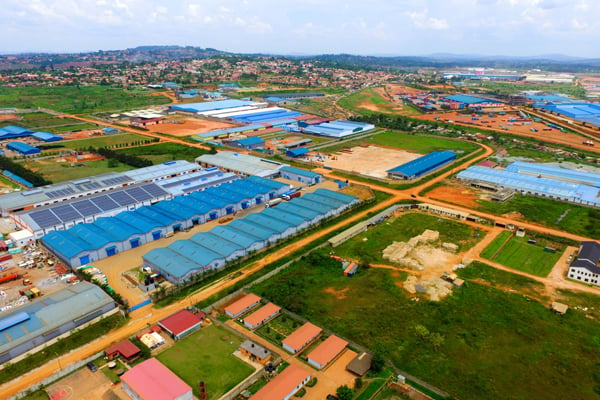Prime
Govt seeks to balance exports, consumption in free zones

Free economic zones are part of government's larger plan to increase exports and drive industrialisation. Photo | courtesy
What you need to know:
Government wants to amend the Free Zones Act 2014 to introduce a 50/50 balance between production for export and local consumption
Government is in the process of amending the Free Zones Act 2014 to introduce a 50/50 balance between production for export and local consumption.
The Act, established under the Uganda Investment Code Act, currently demands that 80 percent of what is produced in free economic zones is exported while 20 percent can be locally consumed.
However, speaking in Kampala at the weekend, Mr Alinda Kimooomi, the Uganda Free Zones Authority executive director, said, there should be a balance to attract investment in producing for the local economy.
The plan, he also noted, includes changing the current status of some of the zones into special economic zones.
The current law, he said, demands that 80 percent of what is produced is exported but this should be changed to strike a balance between exports local consumption.
“The amendments will at least strike a balance to have 50 percent produced for export and 50 percent for local consumption,” he said, noting that so far, with about 31 free zones dealing in single factories, the Uganda Free Zones Authority, will seek to set up another six centres to widen the scope beyond dairy, cocoa, coffee and leather.
“There are certain challenges we have met and one of those is the limited scope of the scheme. The scheme provides for export processing zones and free ports but we have realised that we actually need an element for special economic zones,” he said.
The export processing zones, he noted, have stringent measures which requires that one must be able to export a certain percentage, which in the case of Uganda must be 80 percent or more of what is produced.
However, he said, the special economic zones have a bit of latitude to allow processors and manufacturers to tap into local markets.
During the 2020/21 financial year, goods exported through free zones, according to Mr Kimooomi, contributed 23 percent of Uganda’s exports valued at about $1.25b.
“We believe that if we can double or triple then the whole country will be benefiting,” he said, noting that there will be special focus on facilitating companies that process goods from locally available raw materials so that there can be backward demand linkage to benefit farmers.
Policy incentive
The free zones are part of policy incentive that seeks to exploit Uganda’s export potential to tap into growing regional markets as well as create employment for the youth, increase local value proposition and foreign exchange.



